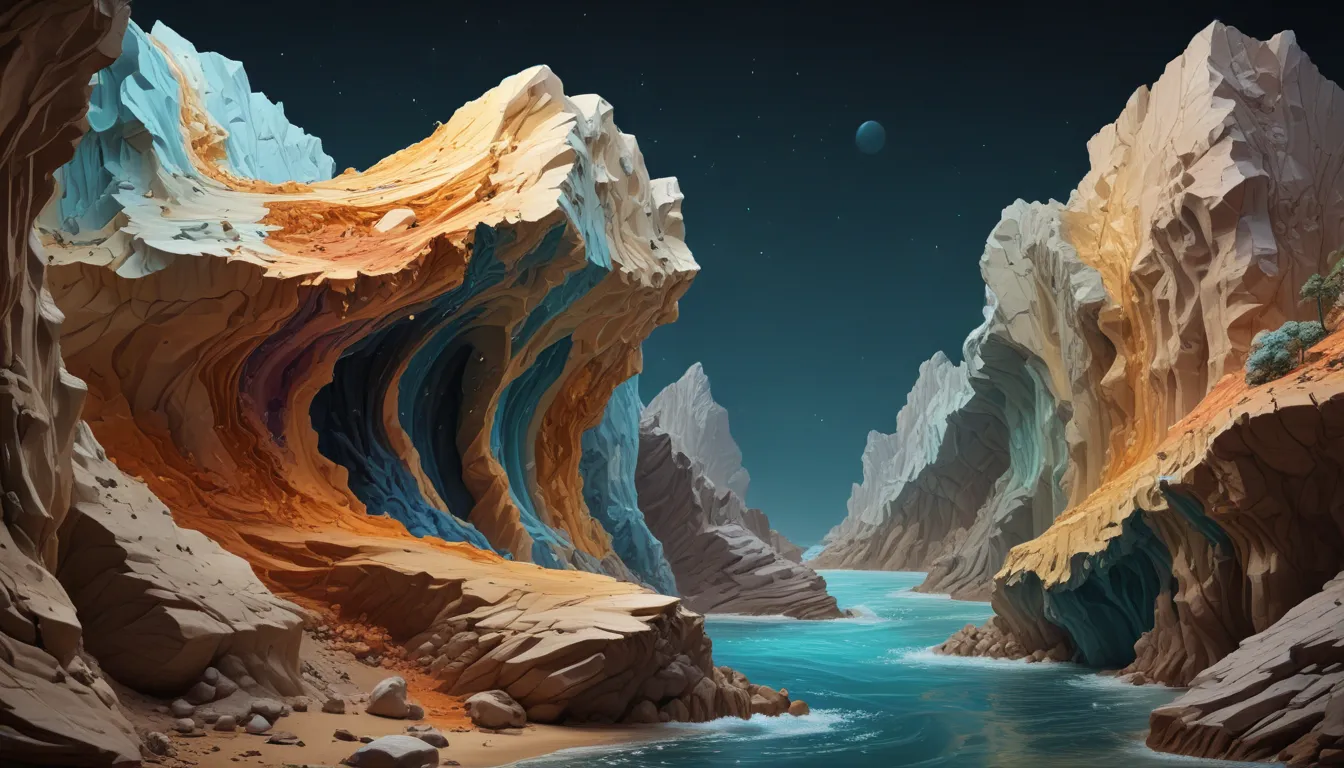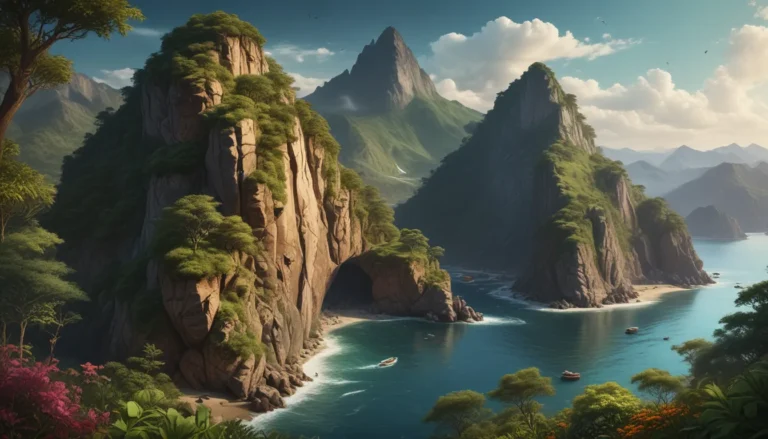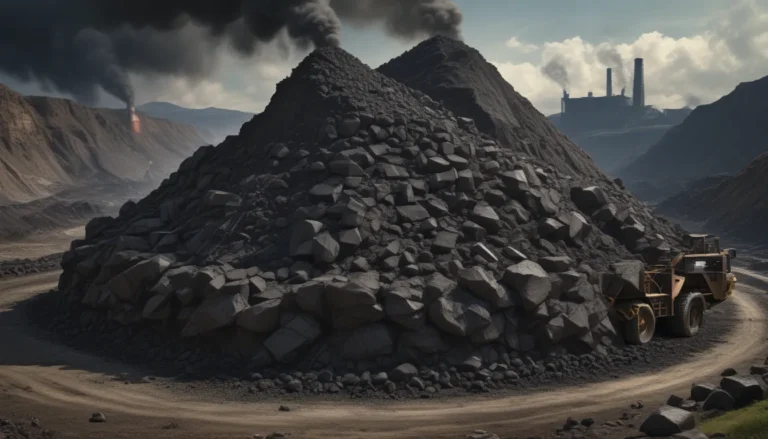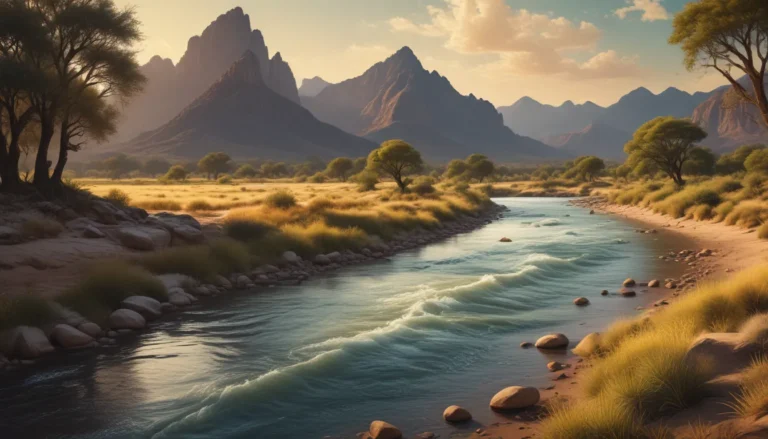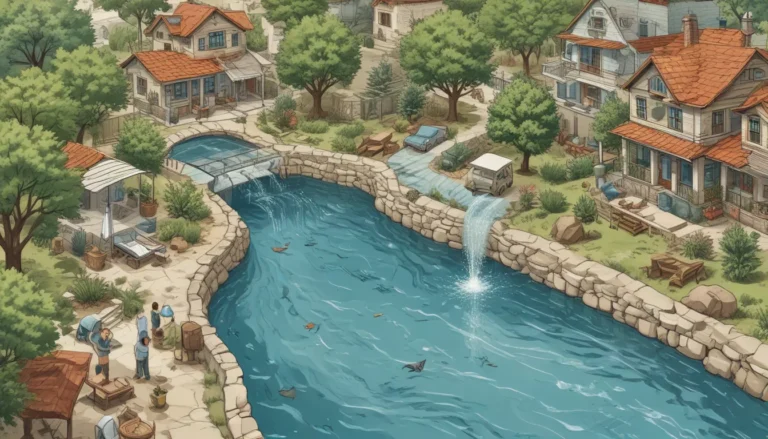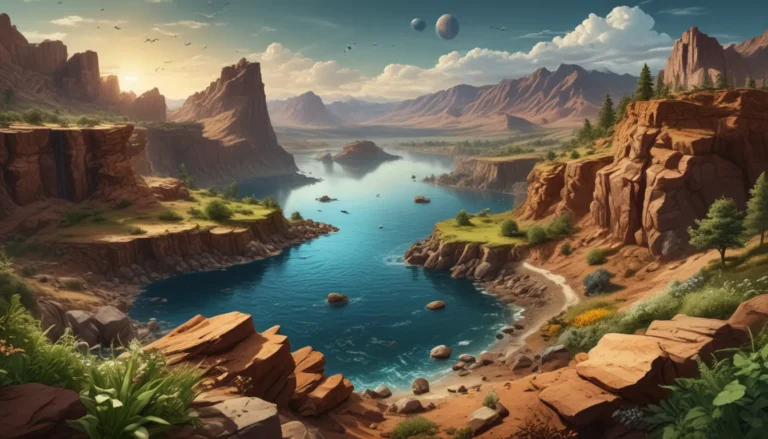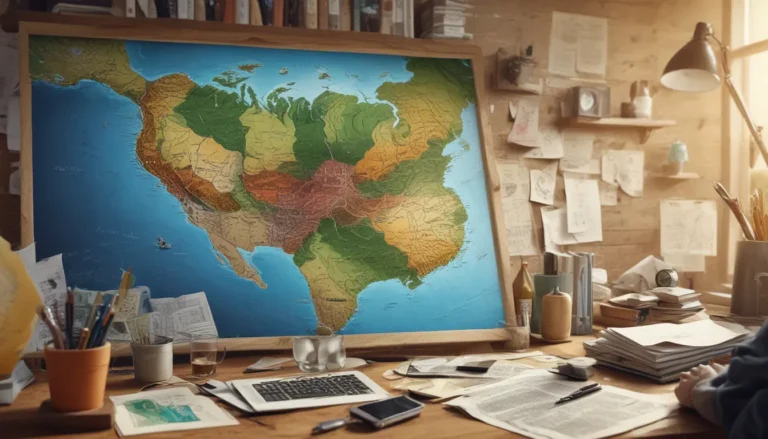A Note About Images: The images used in our articles are for illustration purposes only and may not exactly match the content. They are meant to engage readers, but the text should be relied upon for accurate information.
Welcome to the intriguing world of crustal deformation, where the Earth’s surface transforms in mesmerizing ways due to tectonic forces. From shaping mountains to influencing natural disasters, crustal deformation is a dynamic geological phenomenon that captivates our curiosity. In this article, we will explore 19 fascinating facts about crustal deformation, shedding light on its causes, effects, and significance in shaping our planet’s landscape. So, join us on this educational journey as we uncover the mysteries behind this captivating process.
Unraveling the Secrets of Crustal Deformation
Crustal deformation, also known as tectonic deformation, occurs when the Earth’s crust undergoes changes in shape, position, and orientation due to tectonic forces. This natural process plays a vital role in shaping the Earth’s surface and creating geological features such as mountains, valleys, and plateaus. Understanding crustal deformation is instrumental in predicting natural disasters, managing geological resources, and unraveling Earth’s intricate history.
The Forces Behind Crustal Deformation
Crustal deformation is primarily driven by the movement of tectonic plates, massive pieces of the Earth’s lithosphere that collide, slide past each other, or diverge. This movement can result in two main types of deformation: folding and faulting. Folding occurs when layers of rock bend and buckle, while faulting happens when rocks break and move along fault lines.
Shaping Landscapes: The Impact of Crustal Deformation
The Himalayas stand as a testament to the power of crustal deformation. The collision between the Indian and Eurasian tectonic plates led to the uplift and folding of the Earth’s crust, giving rise to this majestic mountain range. Moreover, crustal deformation can trigger earthquakes and volcanic activity, reshaping the Earth’s surface and influencing natural resources.
The Dynamic Process of Crustal Deformation
Crustal deformation occurs over millions of years, shaping the Earth’s surface gradually and continuously. This process plays a crucial role in the formation of natural resources such as mineral deposits, oil and gas reservoirs, and groundwater reserves. Moreover, the study of crustal deformation helps scientists understand plate tectonics and the movement of tectonic plates.
Balancing Act: Isostasy After Deformation
After crustal deformation takes place, the Earth’s crust adjusts to reach a state of equilibrium known as isostasy. This balance ensures that changes in land elevation, such as mountain uplifts and subsidence, are stabilized over time. Fault scarps, steep cliffs or slopes formed by vertical movements along fault lines, serve as visible manifestations of crustal deformation.
Embracing the Complexity of Crustal Deformation
Crustal deformation can have both positive and negative impacts on human activities. While it can create fertile soil, mineral wealth, and geothermal energy sources, it can also pose risks to infrastructure and human safety. The Ring of Fire, a region characterized by intense crustal deformation along the Pacific Ocean, highlights the dynamic nature of this geological process.
Monitoring and Studying Crustal Deformation
To track and measure crustal deformation, scientists utilize advanced technologies such as GPS measurements, satellite imagery, seismic monitoring, and geological mapping. These tools help researchers monitor subtle changes in the Earth’s surface and gain insights into the complex processes at play. By studying crustal deformation, we deepen our understanding of Earth’s dynamic history and ongoing transformation.
Conclusion: Unveiling the Mysteries of Crustal Deformation
In conclusion, crustal deformation is a captivating geological process that shapes the Earth’s surface in profound ways. From the formation of mountains to the occurrence of earthquakes and volcanic activity, this dynamic force is integral to our planet’s evolution. By exploring the intriguing facts about crustal deformation, we gain a deeper appreciation for the complex processes that have shaped Earth’s history and continue to mold our world today.
FAQs: Delving Deeper Into Crustal Deformation
-
What causes crustal deformation?
Crustal deformation is primarily caused by the movement of tectonic plates, leading to changes in the Earth’s lithosphere and the formation of geological features. -
Can crustal deformation lead to earthquakes?
Yes, crustal deformation is closely linked to seismic activity, with accumulated stress along faults eventually resulting in earthquakes. -
How long does it take for crustal deformation to occur?
Crustal deformation can occur over varying timescales, from rapid changes during earthquakes to gradual processes like mountain formation that span millions of years. -
What tools are used to study crustal deformation?
Scientists rely on GPS measurements, satellite imagery, seismic monitoring, and geological mapping to analyze and monitor changes in the Earth’s crust. -
Are there notable examples of crustal deformation?
From the Himalayas to the San Andreas Fault, numerous examples showcase the transformative power of crustal deformation in shaping our planet’s landscape.
Join us in exploring the wonders of crustal deformation, a dynamic geological phenomenon that continues to shape our world with its fascinating intricacies. By delving into the mysteries of this process, we deepen our understanding of Earth’s evolution and the forces that shape our planet’s diverse landscapes.
